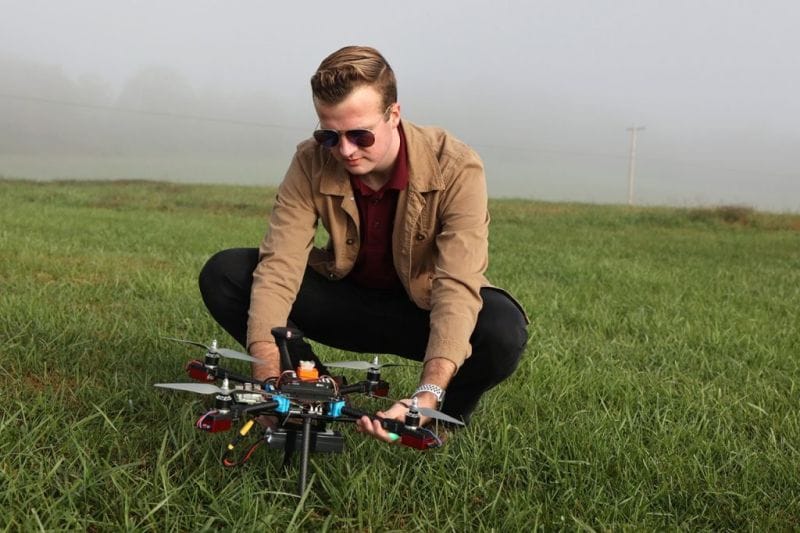RSS feed source: Federal Emergency Management Agency
AUSTIN, Texas – Texas survivors should be aware that con artists and criminals may try to obtain money or steal personal information through fraud after the storms and flooding that began July 2. In some cases, thieves try to apply for FEMA assistance using names, addresses and Social Security numbers they have stolen from survivors.
If a FEMA inspector contacts you or comes to your home and you did not submit a FEMA application, your information may have been used without your knowledge to create a FEMA application. If so, inform the inspector that you did not apply for FEMA assistance. The inspector will request a stop to the processing of your application.
If you did not apply for assistance and receive a letter from FEMA, or if you suspect fraudulent activity involving FEMA, you can report it to the FEMA Fraud Branch at [email protected]. You may also write to FEMA Fraud and Internal Investigation Division, 400 C Street SW Mail Stop 3005, Washington, DC 20472-3005.
If you applied for FEMA assistance and received a notice that you already applied or that your application is being processed, you can visit a Disaster Recovery Center to receive in-person assistance. A recovery center is open from 8 a.m. to 7 p.m. daily at the First Baptist Church at 625 Washington St. in Kerrville.
You should also report suspicious activity to the
Click this link to continue reading the article on the source website.



